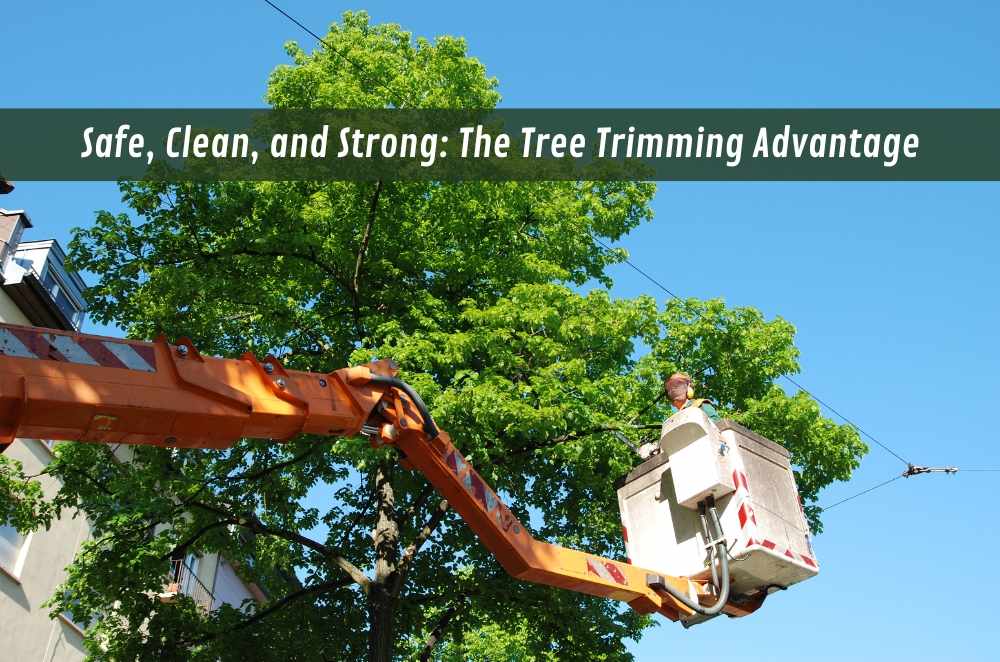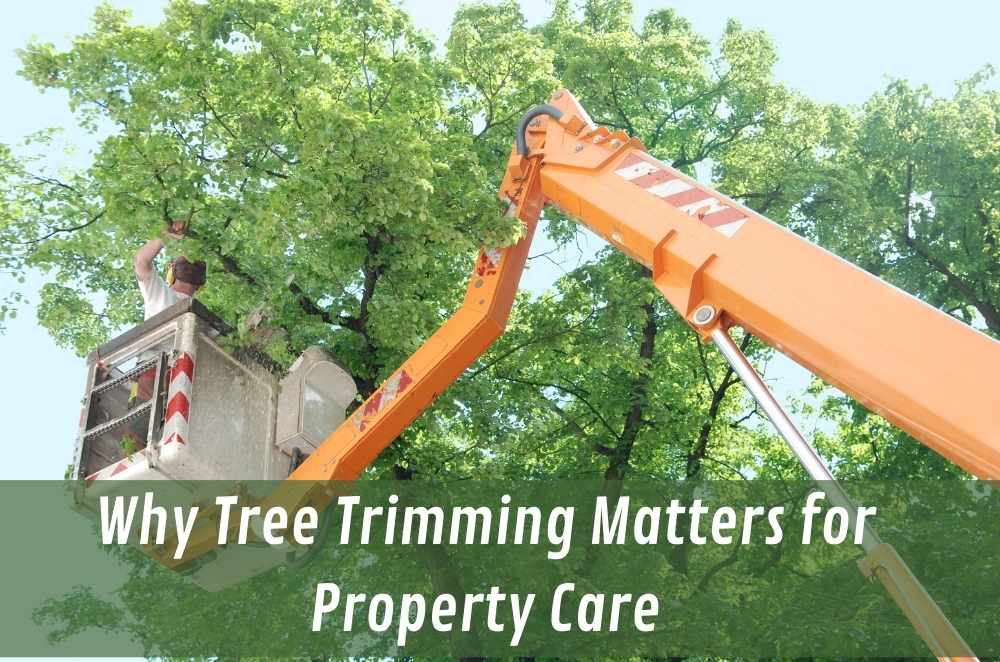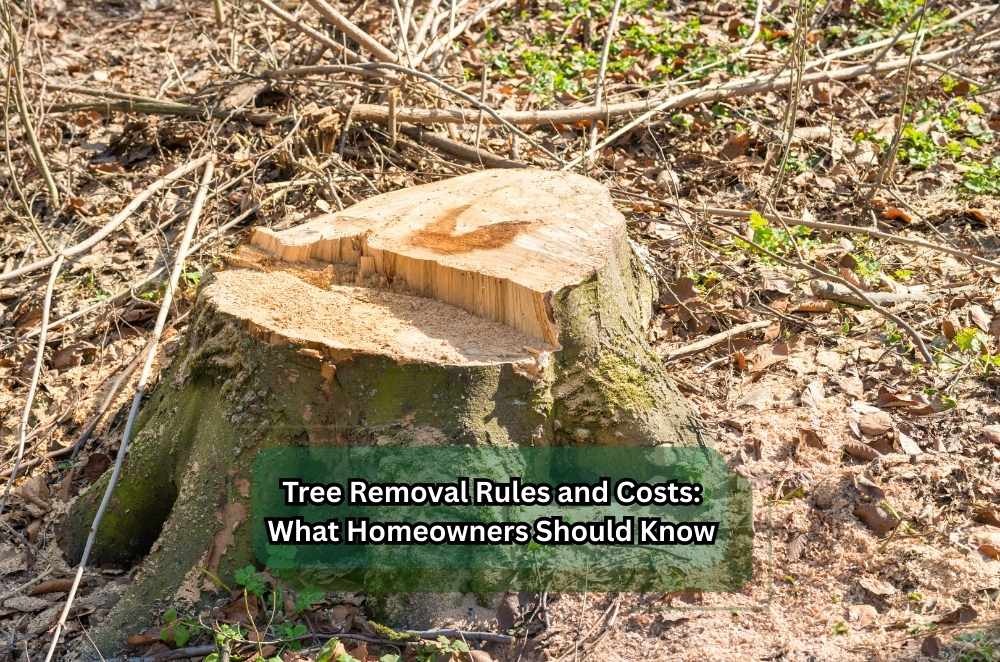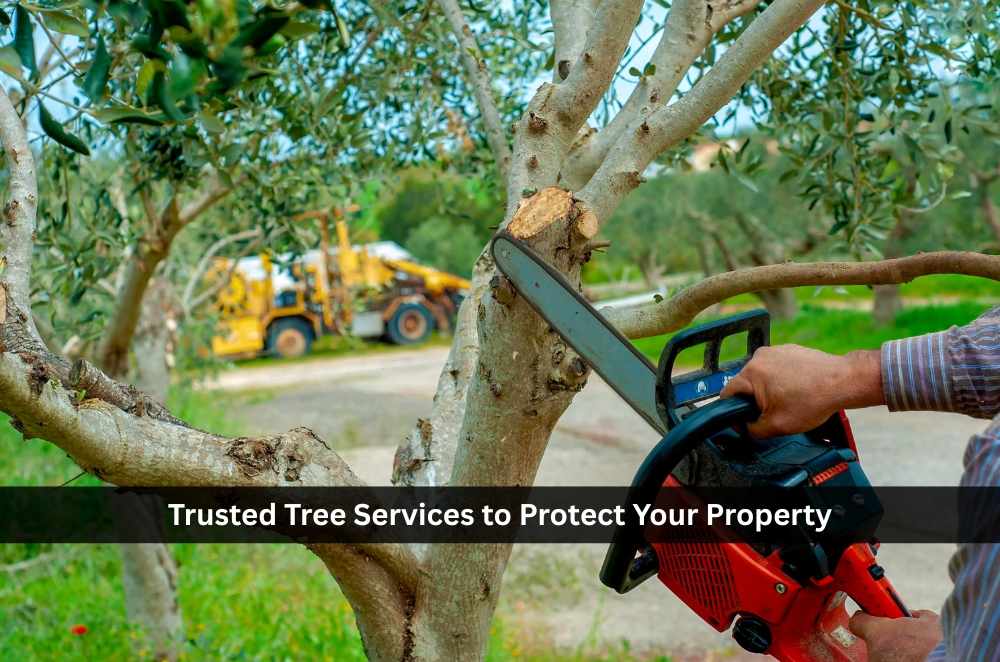
Tree removal isn’t just chopping limbs and calling it a day. It’s about safety, property value, and what you’ll do with the space after the stump’s gone. A tired gum or pest-ridden pine can turn nasty fast—roots lifting paths, branches flirting with powerlines, or a sudden lean after heavy rain. When that happens, you don’t gamble. You bring in reliable tree removal in Sydney that treats the job as a risk exercise, not a quick swing of a saw. Permits, utilities, neighbours, access—all need thought. Done right, a tricky site becomes a clean, safe yard without the drama. And the garden thanks you later for the care.
What do homeowners need to know first?
Homeowners need to know first that removing a tree can require council approval in Sydney. Missing that step risks fines and neighbour disputes. Rules vary by LGA and species; some trees are protected, others fall under risk or size exemptions. Access matters too—narrow driveways, fences, and overhead lines influence method and cost.
Confirm LGA rules and exemptions
Photograph the tree and site access
Mark services: sewer, power, NBN
Suppose the tree borders a neighbour; document consent and property boundaries for a plain run-through of permit triggers and typical price ranges, as noted in the tree removal costs and rules guide.
Why is professional removal safer than DIY?
Professional removal is safer than DIY because trained crews control loads, cut in stages, and protect utilities. DIY often underestimates weight, kickback, and wind, turning a cheap job expensive fast.
Arborists work with rigging, ground spotters, and public liability cover. They calculate drop zones, anchor points, and the safest dismantling sequence. That planning saves roofs, cars, and sometimes fingers.
Qualified climbers manage high-risk cuts
Insured crews cover accidental damage
Clean-up and stump grinding are included options
On the ground, it’s the small calls that matter. We’ve watched crews lower limbs in shoebox backyards with kids’ trampolines, clotheslines, and a narrow side gate. They pad roofs, talk to neighbours, and time cuts between wind gusts. It looks calm from the kerb, but it’s choreography—one slip and something expensive gets hurt.
When should you act quickly on removal?
You should act quickly on removal when a tree shows decay, instability, or storm damage. Waiting escalates risk and can void insurance if you ignore warnings. Tell-tales include sudden leans, cracking soil around the base, fungus, dead tops, and bark shedding in big plates. In wind-exposed suburbs near the coast, saturated ground magnifies root failure. If you’re unsure, book an assessment and get it in writing.
Conclusion
Tree removal is never something to approach lightly. From the moment you notice a tree leaning or showing signs of decline, the clock starts ticking on potential risks. While council approvals and planning are part of the process, the biggest priority is protecting your home and family. Taking action early keeps control in your hands instead of leaving it up to chance during the next storm. For timely decision-making, consider spotting signs you need professional tree removal before the situation escalates into something unmanageable.










Write a comment ...